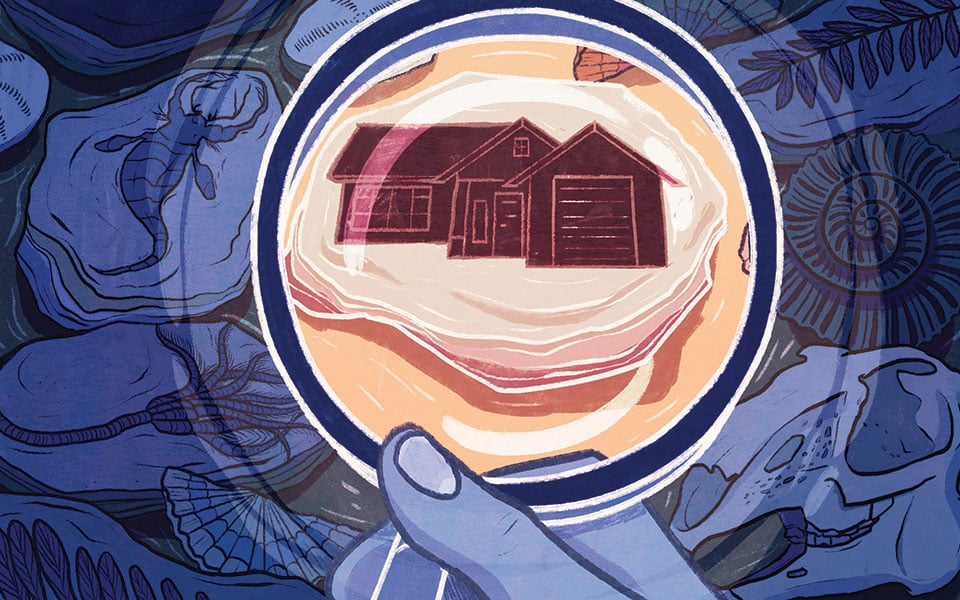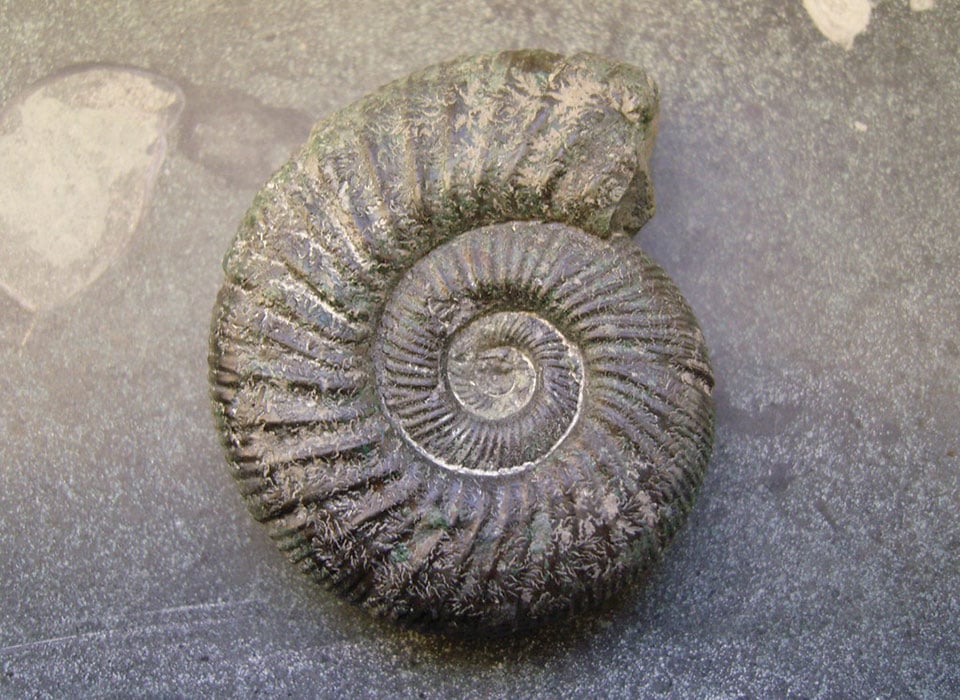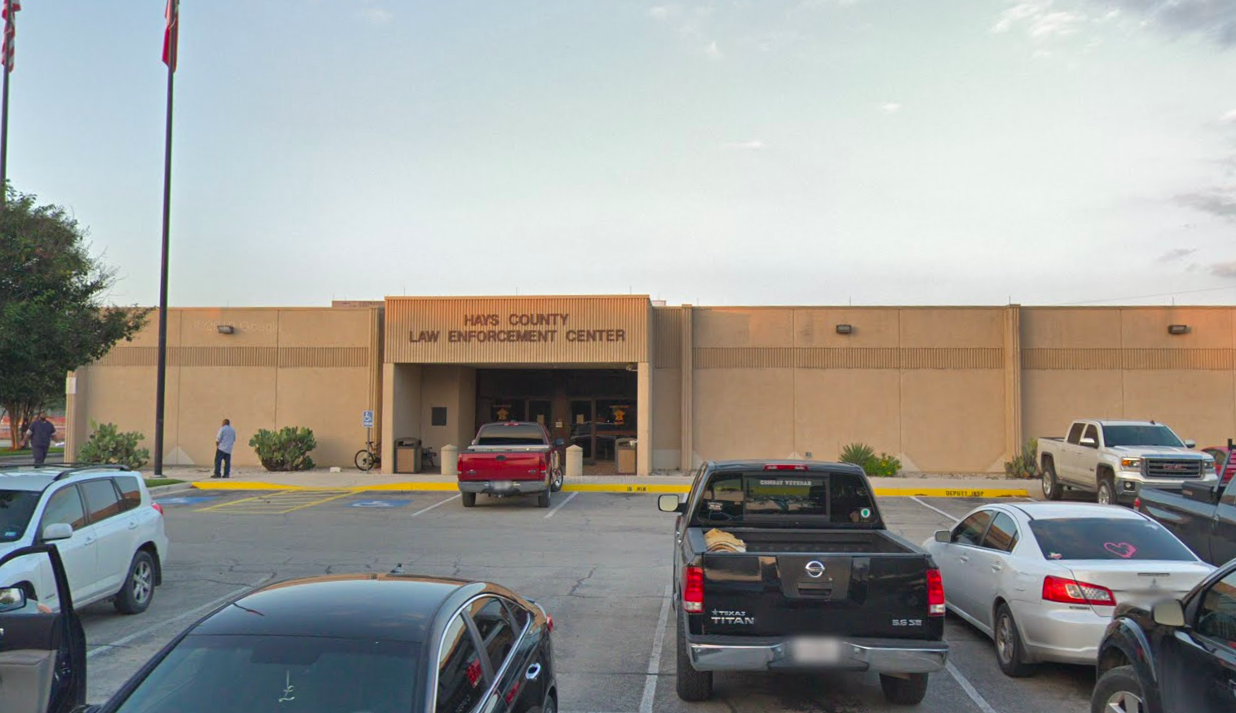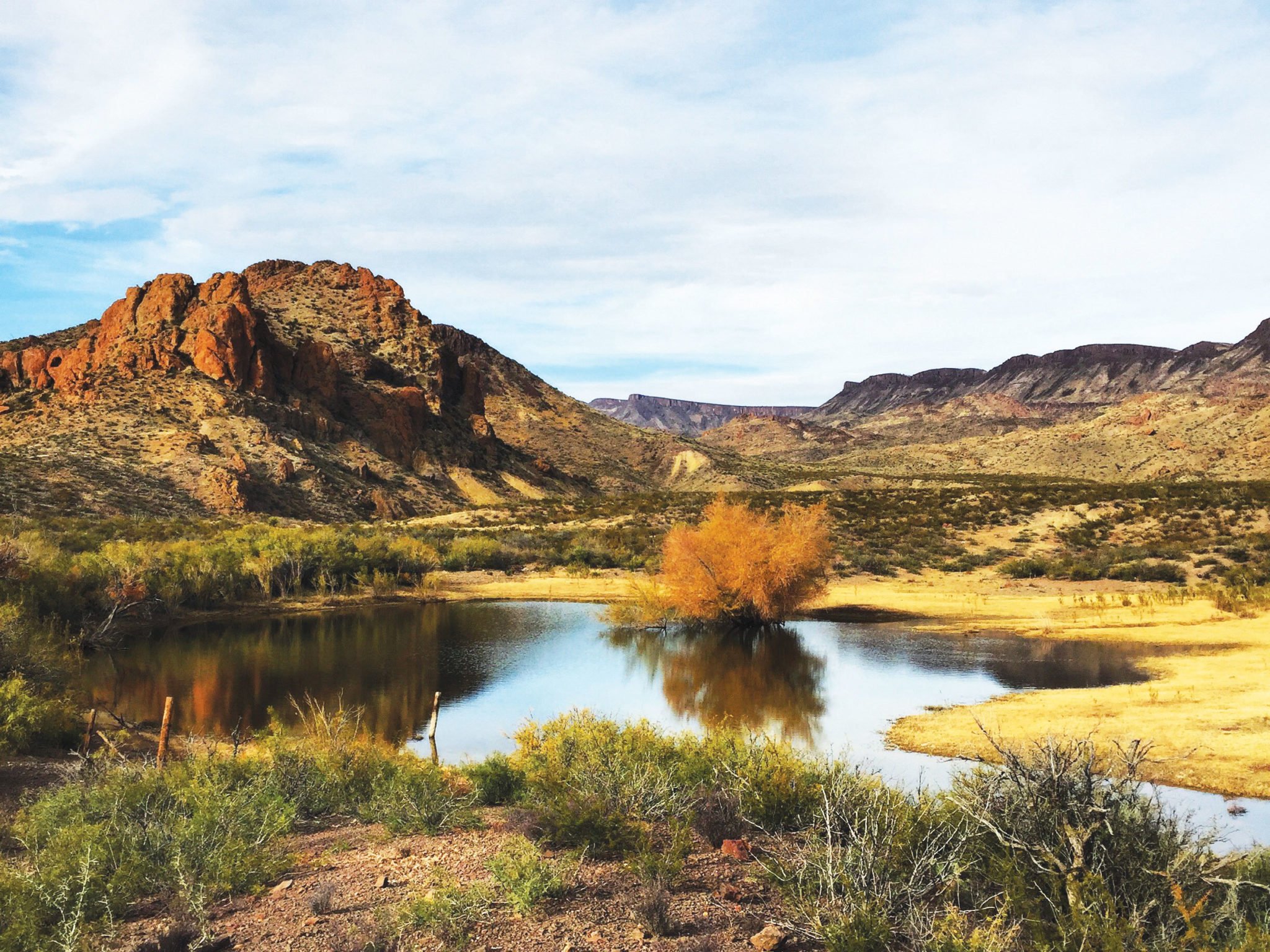
Up From the Desert
As a child, I hunted for fossils in the Chihuahuan Desert beyond my backyard. Those afternoons shaped the way I think about my fronteriza identity today.
A version of this story ran in the September / October 2019 issue.
I spent many childhood afternoons searching for sea fossils in the Chihuahuan Desert, finding geologic history strewn throughout the brown and dusty land. My neighbor Mr. Carmichael, an archaeologist at the University of Texas at El Paso, taught me and his daughter, Andi, to look with care at the floor of an ocean dried for 500 million years. Sand pails in hand, we climbed the short rock fence enclosing the Carmichaels’ backyard. Their home, like mine a few blocks away, was built at the bottom of a desert hill in northwest El Paso. We hiked up the mild slope toward the empty lots of a street called La Posta, where new four- and five-bedroom homes boasting sunset views were rising.
The first few minutes of our search were rife with anticipation as we waited to see who would be the first to exclaim, “I found one!” We tiptoed on hard, rocky land, stepping around ocotillos, nopales, and lechuguillas. Andi, who had the advantage of poring over fossil illustrations and photographs in her dad’s geology books anytime she wanted, was better than I was at spotting ridged Spiriferid brachiopods. Beaming, she handed her discovery to her dad for inspection; he either confirmed a fossil finding or said, “Try again.” I thought the brachiopods looked exactly like seashells, but learned that the long line along the hinge distinguished these creatures of the Cambrian Period from the shells I collected at the beach. Into the sand pail they went, and we continued our search until it was time for a snack.
Back at the Carmichaels’, we lined up the fossils on the kitchen table. We took turns looking through the magnifying glass at the waves and curves in the crinoids, horn corals, and ammonites. I learned that water once submerged the Chihuahuan Desert, its mountain peaks miles beneath the surface. I imagined the mountains murky and alone at the depths of the ocean where nobody could climb them, where no snakes or rabbits or coyotes could hide in them, and summer rain couldn’t make their dry shrubs turn a pale shade of green.
I learned, too, that the sea creatures encased in rock were distant ancestors of the tadpoles we found by the hundreds in the days after a rainstorm. We carried plastic baggies to fill with the water the hard land held long enough for tadpoles to spawn and grow into toads. We brought a few tadpoles to Andi’s aquarium and watched them swim until they grew legs. Then, we returned them to the desert. In studying the sea fossils and watching the tadpoles grow, I learned that as the landscape changes, the animals of the land change, too.

Our fossil searches took place in the early ’90s, when housing developments began swallowing the desert west of El Paso, toward Franklin Mountains State Park and the New Mexico border. My home and the Carmichaels’ were part of this expansion. In the subsequent 25 years, bulldozers have razed the desert to build more houses, schools, and strip malls. I no longer live in El Paso, but each time I return to visit, I drive through new neighborhoods. I feel a mix of resentment and guilt and sadness. I remember the fossils. I remember the wonder my young mind felt as I considered geologic time. As an 8-year-old, my birthday always seemed impossibly far away, yet there I was, a kid, forming an understanding of a world that predated me and would continue long after my bones dissolved.
As a child, I didn’t draw the connection between my new neighborhood and the destruction of land and history. I took for granted that there would always be open land filled with fossils for me to discover and memories to pass on to my own children. When I became an adult, I wondered why other El Pasoans permitted the endless expansion that we now understand is detrimental to our collective survival. I had come to believe that our desire to catch up to wealthier, more prestigious Texas cities would spur us to develop our land into oblivion. We were willing to sacrifice the earth and its lessons for a misguided notion of progress.
This May, I read in the El Paso Times that nearly 90 percent of local voters had cast their ballots to preserve 1,107 undeveloped acres in northwest El Paso, the same land where I collected fossils as a child. The previous year, the El Paso City Council had designated the area as a tax increment reinvestment zone to encourage its development.
But El Pasoans didn’t want more construction. Neighborhood activists collected more than 4,000 signatures in support of leaving the land, which includes a hike-and-bike trail, untouched. The city had no choice but to hold a special election to decide the future of the land. The voters chose to protect instead of destroy.
I had come to believe that our desire to catch up to wealthier, more prestigious Texas cities would spur us to develop our land into oblivion.
When we walked out the sliding doors of the El Paso International Airport a few days before Christmas last year, my Minnesota-born son exclaimed, “It’s summer here!” My husband and I looked at each other and smiled. The winters already so familiar to my young sons—snow that reaches their waists, the softness of fleece pajamas—are still strange to my husband and me, even after seven years in our adopted home. When we arrived, my body remembered the temperate heat of the desert’s winter sun. It remembered the evening breeze with the faintest hint of ice.
One afternoon, we walk to the base of Mount Franklin. I tell my children stories of the animals in these mountains in the present tense. I want them to feel the presence of the natural world in stories, even if I cannot give them the actual experience of discovery and wonder as easily as I had it. On the well-worn trail, there are few animals and fewer fossils. My children still explore, reaching for shiny rocks that I tell them to kick first, to check for scorpions hiding underneath—a lesson I learned as a toddler. We scan the brush for jackrabbits and horny toads, and I halfway pray that we’ll see a rattlesnake sunning itself on a distant boulder.
I want my sons to know the desert in which their great-great-grandparents worked and raised a family. I want them to know that the desert defines us as much as, possibly more than, the border does. For generations, families like mine have crossed bridges and boundaries. To be a fronteriza allows us to embrace this liminal way of life. But as threats encroach on the Chihuahuan Desert, I realize that for all the talk of moving, we forget to speak of rooting. I am now inspired to think of myself as a descendant of the desert, a place that existed long before a line in the sand.
In college, I looked at illustrated fossils in my Intro to Archaeology textbook and marveled at the miraculous spines in sea creatures that would one day become us. Today, I settle my sons in bed and show them the images. I cannot take them to search for fossils beyond their abuelita’s backyard, but I find new ways to preserve land and the memory it holds.
Read more from the Observer:
-
Mr. Reynolds’ Opus: How Graham Reynolds became Texas’ top composer.
-
Death in Solitary: Russell Johnson’s sister warned officials that nearly three years in solitary confinement had broken him. His suicide in isolation two months later points to compounded crises inside Texas prisons.
-
How Pete Sessions Became ‘Congressman-1’: The powerful former Dallas congressman and GOP leader was trying to swim back to the swamp. Instead, he got sucked into it.


